With temperatures rising, most homeowners rely on air conditioning units to keep their homes safe and comfortable. But the comfort often comes with a hefty price tag in the form of high electricity bills. From AC units working longer than usual to refrigerators running harder in the heat, homeowners often look for the answer to how to save money on electric bills in summer.
Thankfully, simple habits like unplugging unused appliances, setting your thermostat to the right temperature, and upgrading to Energy Star appliances can help you save money. Jackery Solar Generators are essential home backup solutions that can power most household appliances like fridges, ACs, and fans with clean energy. Keep reading to learn simple tips to save on bills.
Key Takeaways
- ACs, refrigerators, and washing machines are the biggest energy hogs in the summer, contributing to high electricity bills.
- Some ways to reduce home electricity usage include Time of Use billing, weather stripping, and using ceiling fans.
- Smart usage habits, such as setting the thermostat to the right temperature and managing appliance usage during peak electricity hours, can also help lower average electricity bills.
- Jackery Solar Generators can power most household appliances with clean energy and reduce the reliance on the grid.
Why is the Electric Bill High in June-August
Electric bills tend to be higher in June-August, primarily due to increased air conditioning usage as summer temperatures rise. In fact, electricity bills are higher in summer than in winter months every year. According to the EIA report, nearly 90% of US households cool their homes with air conditioning in summer.
In the summer of 2024 (June-August), the monthly electricity bills of residential customers in the United States averaged $173, as per EIA. This was slightly higher than last summer's average of $168. In 2025, the electricity bill is expected to increase further, especially if the USA experiences unusually hot temperatures.
Which Appliances Use the Most Electricity in Summer
According to the EIA reports, heating and cooling account for the largest electricity consumption in the residential sector. In fact, as per the Residential Energy Consumption Survey (RECS) data, air conditioning was the largest electricity consumer, followed by space heating and water heating. Let's take a look at which appliances use the most energy in summer, so you can understand how to cut your electric bill:
AC: Air conditioning units are a significant contributor to the electricity bills in the summer. A single two-ton air conditioner (1700W) can consume anywhere around 510kWh per month, contributing to the high bills.
Refrigerator: The refrigerator is counted among the appliances that can never be turned off, which means they use a lot of electricity. In fact, older units consume more electricity than newer units.
Washing Machine: The washer and dryer also consume a lot of electricity at home. The dryer is the least efficient compared to the washer and uses a lot of heat while working.
Geyser and Water Heater: Hot water is essential for any household, and water heaters contribute significantly to the bills. One way to manage water heater energy use is to choose tankless water heaters that only heat water as and when required.
Dishwasher: Even though dishwashers are marketed as low-energy household appliances, this isn't true. In fact, an average dishwasher consumes 2000W of electricity per load, which is the same as a blow dryer.
|
Appliances |
Wattage Consumption |
Running Time Per Day |
Power Consumption |
||
|
Per Day |
Per Month |
6 Summer Months |
|||
|
Lights |
100W |
5H |
500Wh |
15kWh |
90kWh |
|
TV |
150W |
5H |
750Wh |
22.5kWh |
135kWh |
|
Portable Fan |
200W |
8H |
1600Wh |
48kWh |
288kWh |
|
Air Purifier |
500W |
12H |
6000Wh |
180kWh |
1,080kWh |
|
Air Conditioner |
1800W |
8H |
14,400Wh |
432kWh |
2,592kWh |
|
Refrigerator |
400W |
8H |
3200Wh |
96kWh |
576kWh |
|
Washer & Dryer |
2000W |
1H |
2000Wh |
60kWh |
360kWh |
|
Water Heater |
1500W |
1H |
1500Wh |
45kWh |
270kWh |
|
Dishwasher |
2000W |
1H |
2000Wh |
60kWh |
360kWh |
How to Reduce Home Electricity Usage
There are many ways to reduce energy consumption and bring summer electric bills down. Here’s how to save money on your electric bill in summer:
Time of Use Billing
Many utility companies offer time-based electricity rates, where customers are charged more during peak hours compared to off-peak hours. Smart meters monitor when the home uses energy to calculate monthly electricity bills. Shifting power use to off-peak times, such as running the dishwasher late in the evening, can help you save money on electric bills.
Set Your Thermostat to a Comfortable Temperature
You need to set the thermostat to a temperature that ensures a smaller difference between the indoor and outdoor temperatures. This will help you lower the overall cooling bill. According to the US Department of Energy, it's wise to avoid setting the thermostat at a colder setting than normal when first turning on the air conditioner.
Seal Air Leaks Around Home
According to the Energy Star reports, you could save up to $190 per year by insulating and sealing air leaks around the home. Proper insulation will ensure the cool air doesn't leave the room, ensuring the cooling appliances like air conditioners have to work less hard.
Save Energy in the Kitchen
Your refrigerator runs 24/7, regardless of the season, which makes it one of the most expensive appliances. To reduce electricity bills, the ideal fridge temperature is 4 to 5°C (39.2 to 41°F) and -15 to -18 °C (-0.4 to 5°F). In addition, keep the fridge door sealed tightly to ensure no gaps or cracks can escape the cool air.
Invest in a Solar Generator
Solar generators are essential home backup solutions that can power most household appliances, such as refrigerators and air conditioners. The Jackery Solar Generator 5000 Plus, for example, features a large battery capacity to keep essential appliances powered during peak electricity hours to reduce the bills or even during an outage.
Why is My Electric Bill Still High
Even after applying energy-saving strategies, many homeowners often get high electricity bills in summer. That's because of the overlooked efficiencies or hidden habits that continue to drain power. Here are a few reasons why your electric bill is so high:
- Overcooling Unused Rooms: Cooling every room, even if it is not unused, can lead to energy wastage and high electricity bills. It's important to keep the vents and doors of unused rooms closed to keep the AC focused on what matters most.
- Keeping Fridge or AC on Eco Mode When Not Needed: Setting your AC to Eco Mode when outdoor temperatures are extremely high can cause it to cycle on and off more frequently, using more power. Similarly, fridges may struggle to maintain cool temperatures during frequent door openings, leading to energy overuse.
- Using AC and a Ceiling Fan Together Incorrectly: If you are using AC and a ceiling fan together, make sure the fan is spinning counterclockwise (to push cool air down). You also need to adjust the thermostat to ensure power is not wasted.
- Not Cleaning Filters or Coils: Dirty AC filters or refrigerator coils force the system to work harder to cool the air or keep items cold. This increases energy usage and shortens the lifespan of your appliances. You need to clean or replace filters monthly during peak use and vacuum coils every 6 months.
- Relying on Manual Switches: Many appliances draw "phantom" power in standby mode, even if the manual switch is off. Smart plugs or energy monitoring devices can help track exactly where your energy is going and even automate shut-offs during high-cost hours.
Jackery Solar Generators to Save on Summer Electricity Bills
Jackery is a leading brand that manufactures highly efficient solar panels, portable power stations, and solar generators. Solar-powered generators work with free sunlight and can power essential appliances like refrigerators, air conditioners, etc. They are portable and powerful home battery backups to reduce the reliance on the utility grid and lower electricity bills. Here are two of the best Jackery Solar Generators to reduce summer electricity bills:
Jackery Solar Generator 5000 Plus
The Jackery Solar Generator 5000 Plus is an essential home backup solution that can power most household appliances for long hours. Its dual voltage compatibility ensures that appliances working at 120V or 240V can be easily powered. It's ideal for summer use when your electric bill is stretched thin but you still need reliable power around the house, at the cabin, or even during a family cookout in the backyard.
Appliances Running Time
- Air Conditioner (1800W) = 2.3H
- Refrigerator (400W) = 9.5H
- Washer & Dryer (2000W) = 2.1H
- Water Heater (1500W) = 2.8H
- Dishwasher (2000W) = 2.1H

Customer Review
"I received the Explorer 5000 Plus solar generator to use to run my home if power goes out. It works great and will run my whole home if the power goes out." — Dennis Carlson.
Jackery Solar Generator 2000 Plus
The Jackery Solar Generator 2000 Plus is another solar-powered generator that can run essential home appliances like fans, mini-fridges, and even a portable air conditioner. It can not only keep household devices powered during outages but also lower the reliance on the grid. It's also expandable in nature, so you can extend the battery capacity from 2kWh to 24kWh with the additional battery packs.
Appliances Running Time
- Portable Air Conditioner (1000W) = 1.6H
- Refrigerator (400W) = 4.0H
- Air Purifier (500W) = 3.2H
- Water Heater (1500W) = 1.1H
- Portable Dishwasher (1500W) = 1.1H

Customer Review
"I'm using it as an EPS for my internet and entertainment system. Works great on the battery-saving function. Maintains charge to 85%, then comes on seamlessly when power goes down. I'm good for 12 hours before needing a charge." — Zachary.
FAQs
Why is the electricity bill high during summer?
Electricity bills are higher during summer, primarily because of the increased air conditioning usage and higher overall electricity consumption. In addition, people tend to spend more time indoors during heat waves, leading to increased use of other electrical appliances like lights, TVs, and fans.
What uses the most electricity in the summer?
In summer, air conditioners are the biggest electricity consumers, followed by refrigerators, washing machines, dryers, and water heaters. If you have a pool pump that runs for long hours, it can also contribute to increased energy usage in the summer.
What is the best temperature to save electricity in the summer?
A good target temperature to set your air conditioner is between 75°F and 78°F (23.8 - 25.5°C) during the day. The Consumer Product Safety Commission also recommends setting the water heater at no more than 120°F (48.8°C).
What temperature to set the AC to save money?
According to the Department of Energy and Energy Star, you should find a comfortable indoor temperature during the day and increase it by 7°F (-13.8°C) when no one is at home. It's also a wise idea to start with an indoor temperature between 75 - 78°F (23.8 - 25.5°C) during the day.
Which mode is best for AC in summer?
Cool mode is generally the best choice for optimal cooling with an AC. The mode is typically the default setting and is designed to reduce the temperature inside the home by circulating the air.
Conclusion
Understanding how to save money on electric bills in summer starts with calculating the appliance's power consumption. Once you know the appliances that consume a lot of energy, you can implement smart and energy-saving strategies to lower your bill. For example, you can consider investing in the Jackery Solar Generators to power appliances, especially during the peak electricity hours. They can also be carried around the home, so you are never left without power.

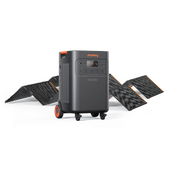
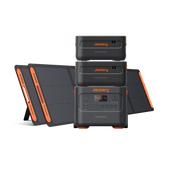
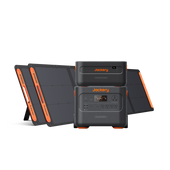
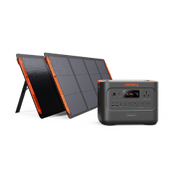

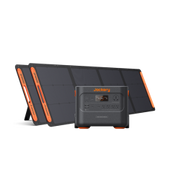
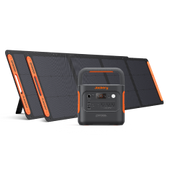

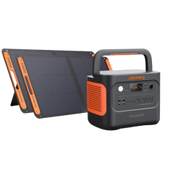

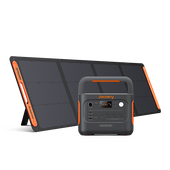
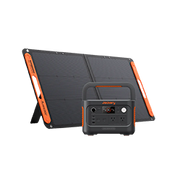

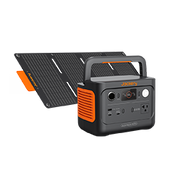
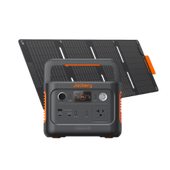
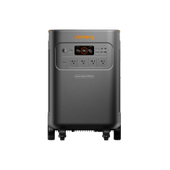
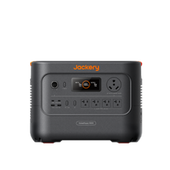
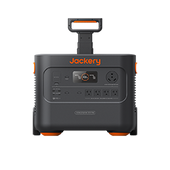
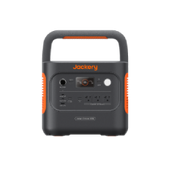
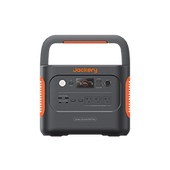
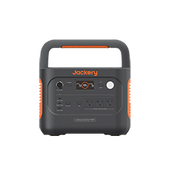
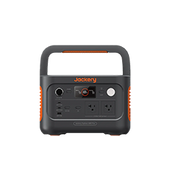
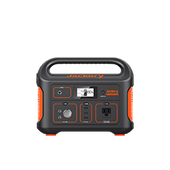
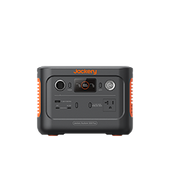

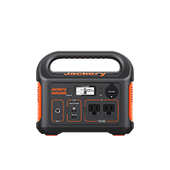
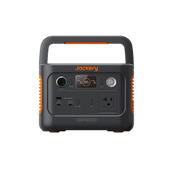
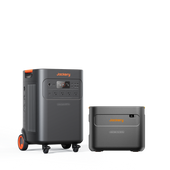
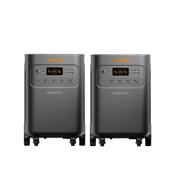

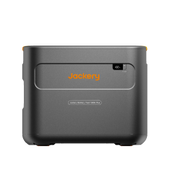
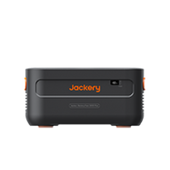
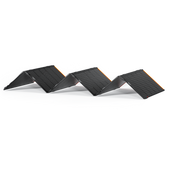
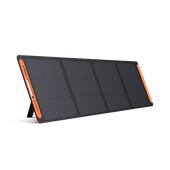

![[Add - on] Jackery Manual Transfer Switch for Explorer 5000 Plus - Jackery](http://www.jackery.com/cdn/shop/files/add-on-jackery-manual-transfer-switch-for-explorer-5000-plus-9017324.png?v=1754016782&width=170)
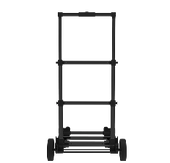
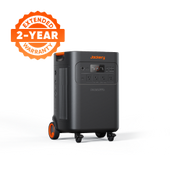
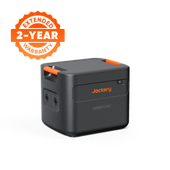
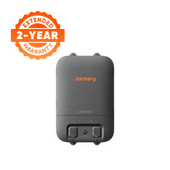


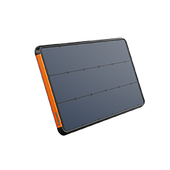
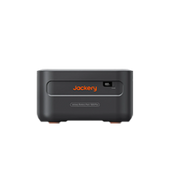

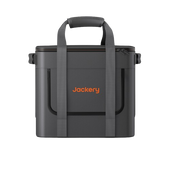
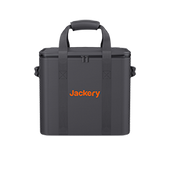
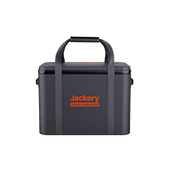
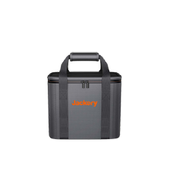
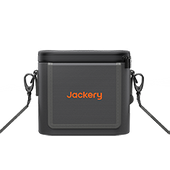
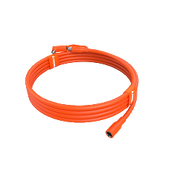

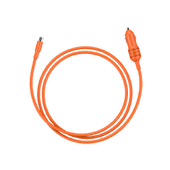


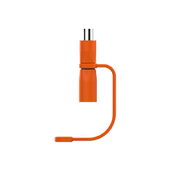
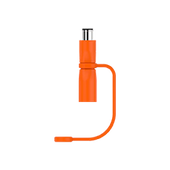
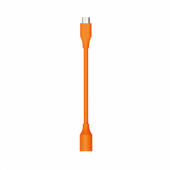
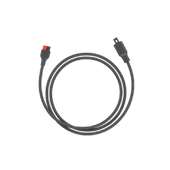

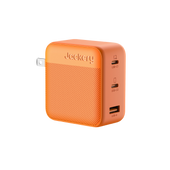
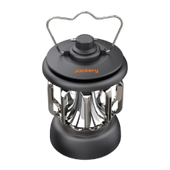


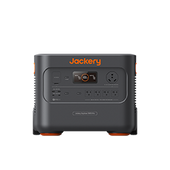
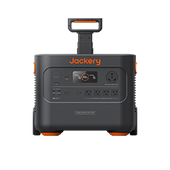
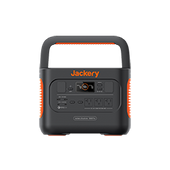
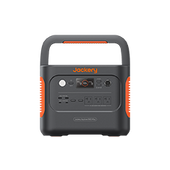
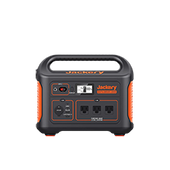
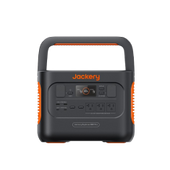
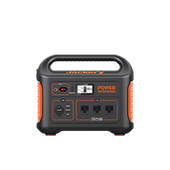
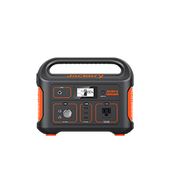
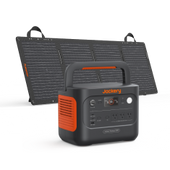
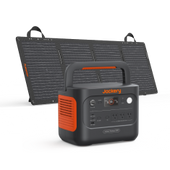
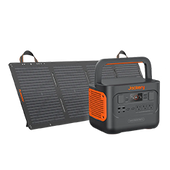

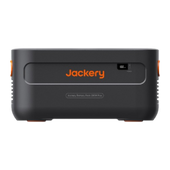
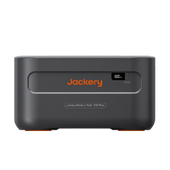


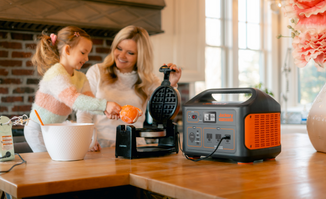
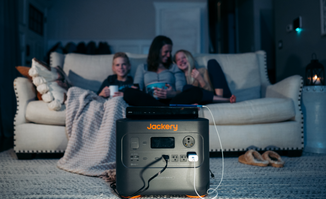

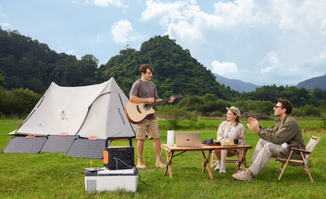
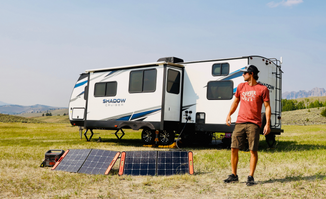

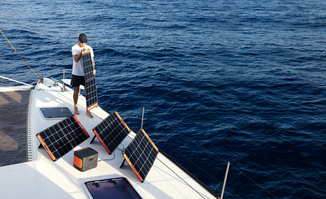
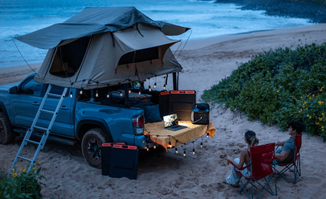
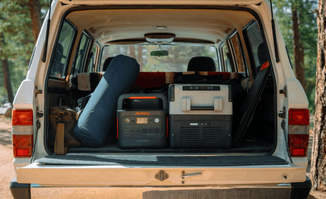




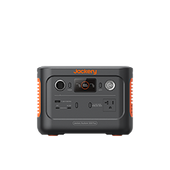
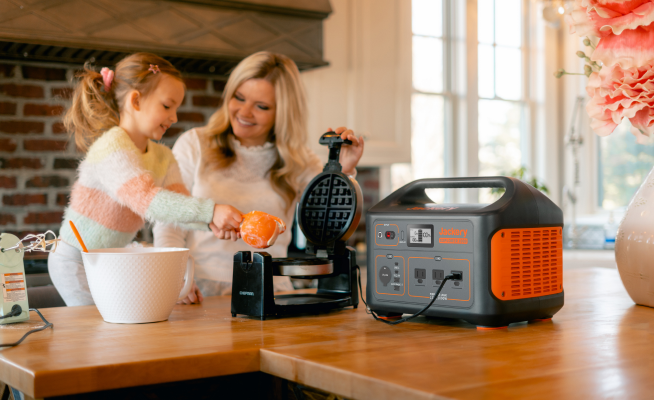
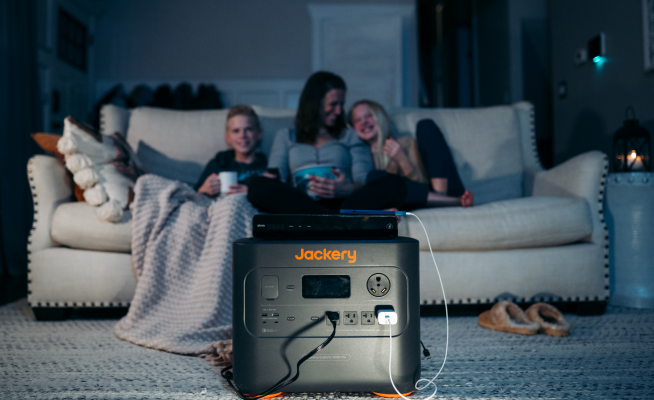

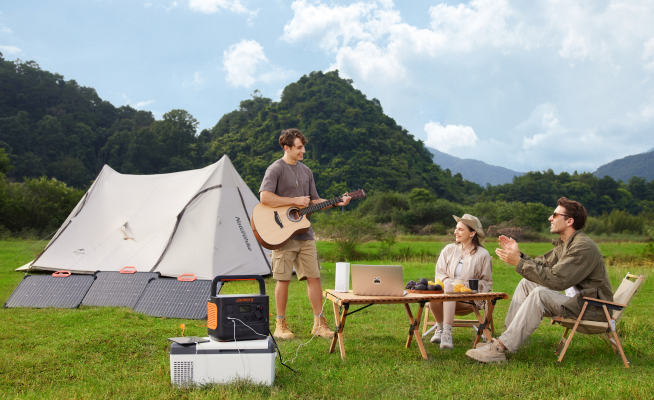
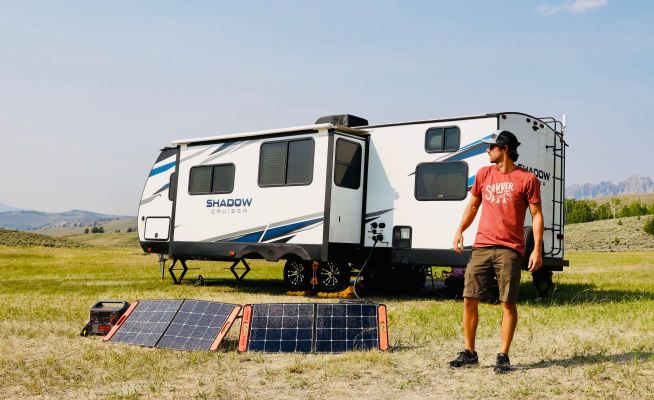

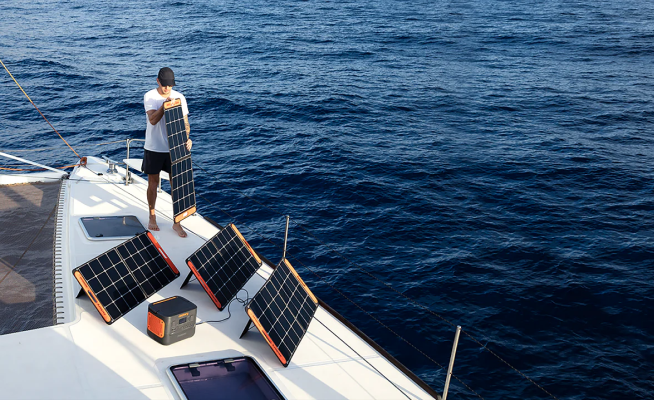
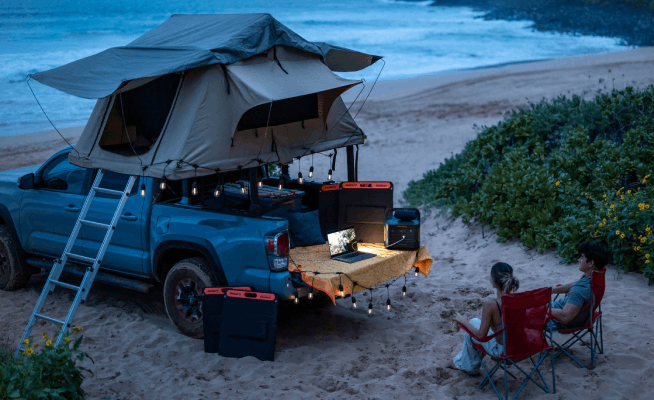
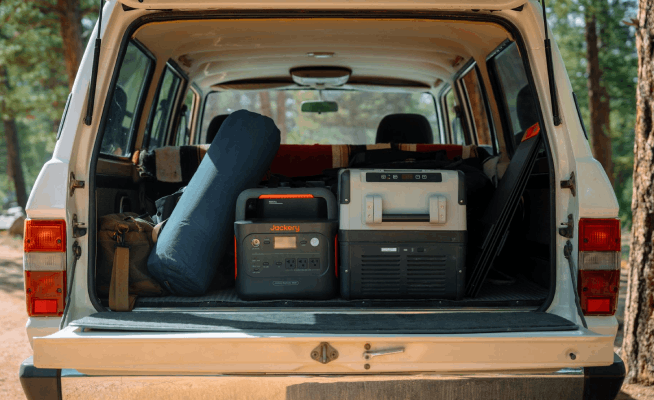














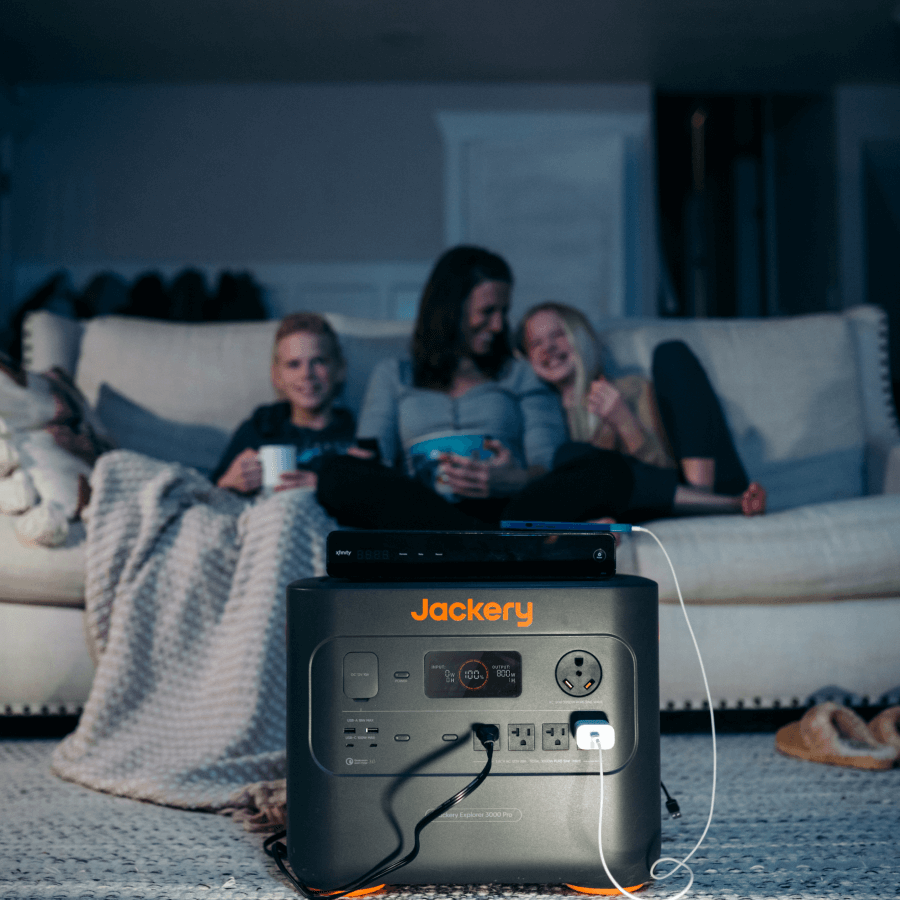
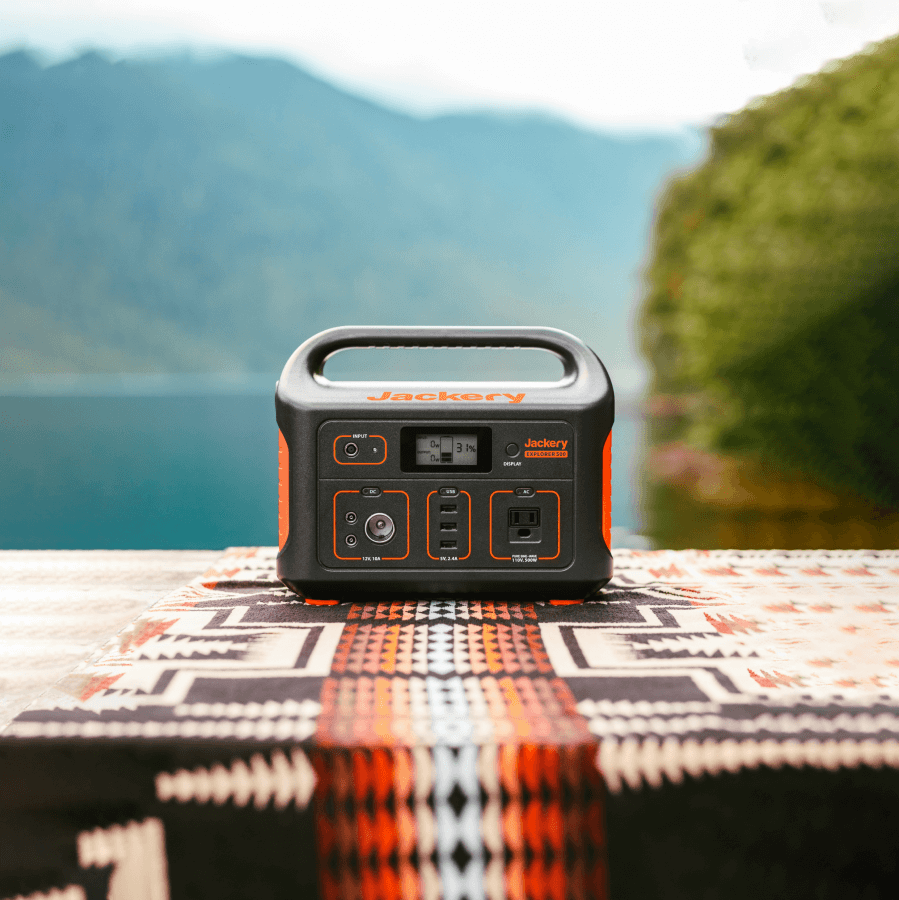
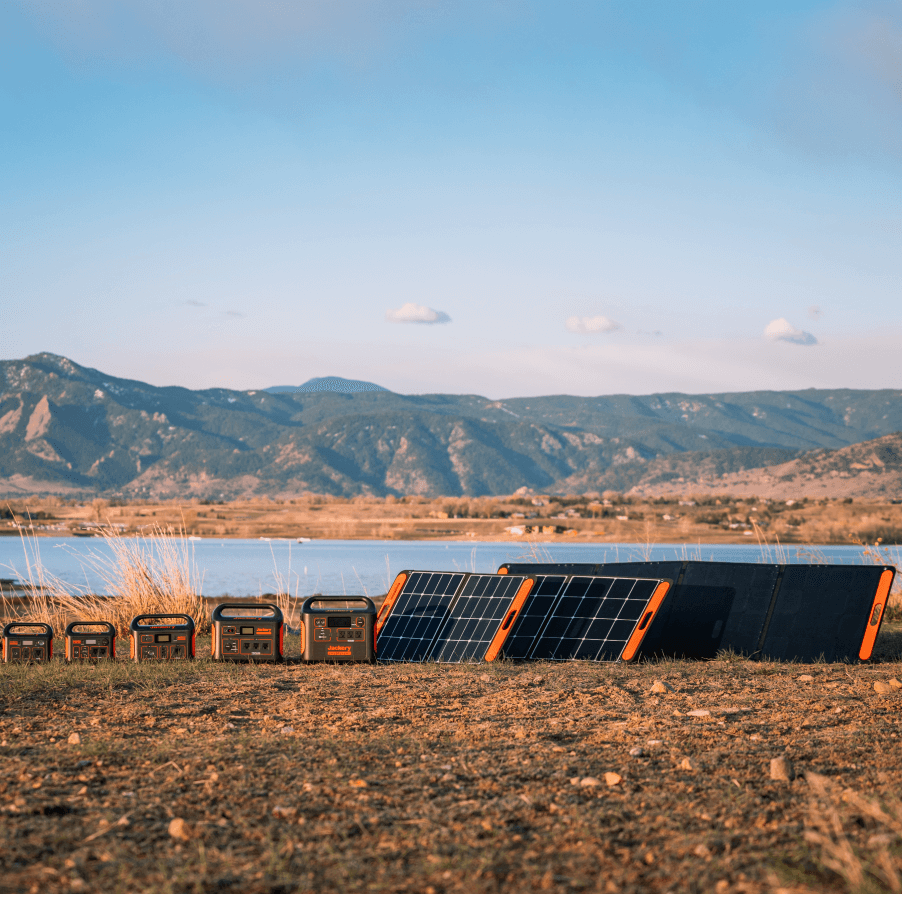
Leave a comment